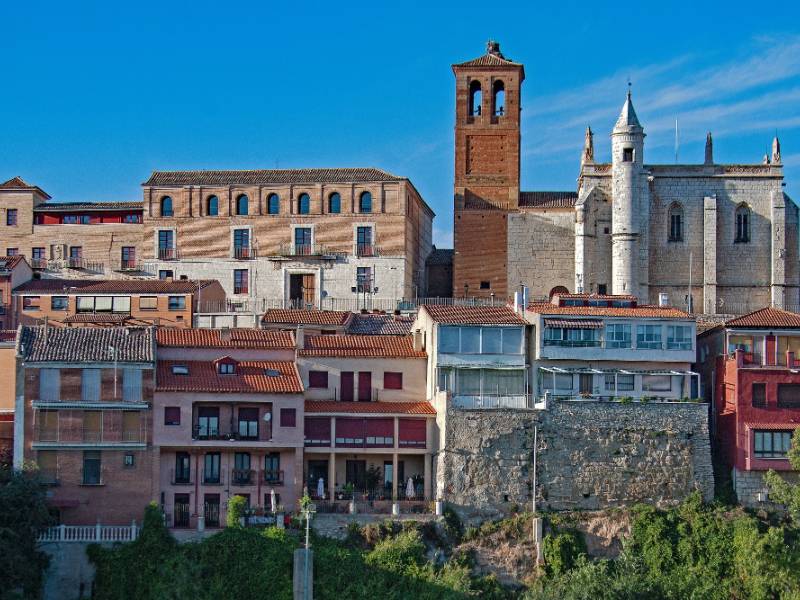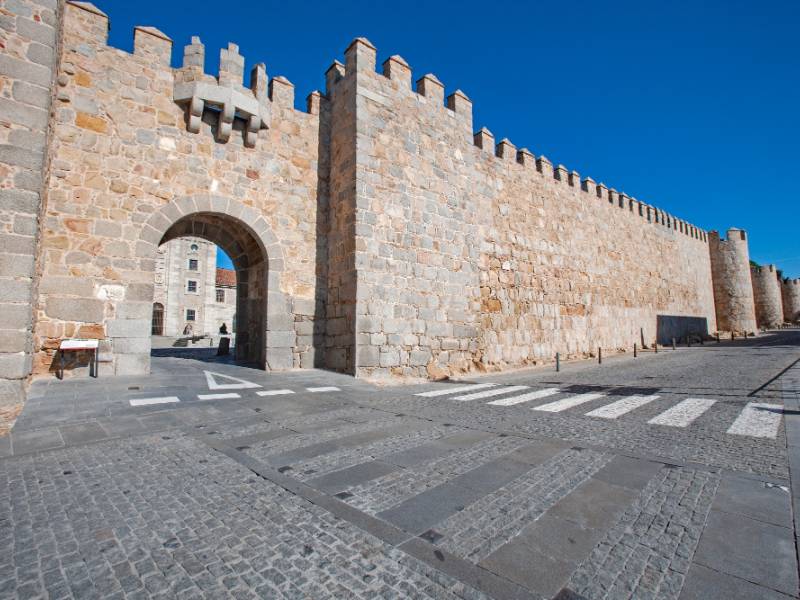Isabel Route - Segovia
- Previous
- Following
In 1461, following the birth of Joanna of Castile, daughter of King Henry IV and his wife Joanna of Portugal, the king’s brother and sister (Isabella and Alphonse) were brought to the city of Segovia, where the court was gathered, in order to be watched over more closely by the monarch.
On 12th December 1474, Isabella was at the Royal Fortress of Segovia when she received news of her brother King Henry’s death. Arrangements were rapidly made for Isabella’s proclamation as Queen the very next day. Segovia Cathedral also witnessed the meeting between Isabella and her husband Ferdinand following her proclamation as Queen of Castile.
Reference to content
What to see?
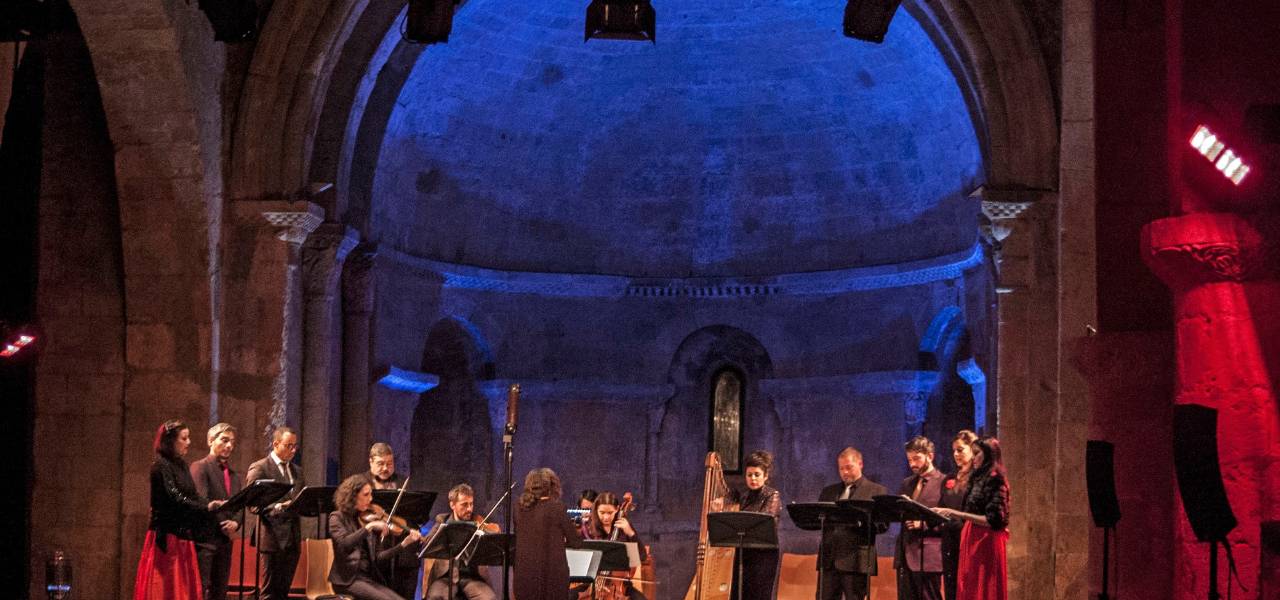 Segovia Sacred Music WeekMore information
Segovia Sacred Music WeekMore informationCoinciding with Holy Week, the Juan de Borbón Foundation organizes the Segovia Sacred Music Week every spring, one of the oldest cycles on the Spanish music scene. The programming of each edition features...
- Date
- aprox del 20 de marzo al 15 de abril
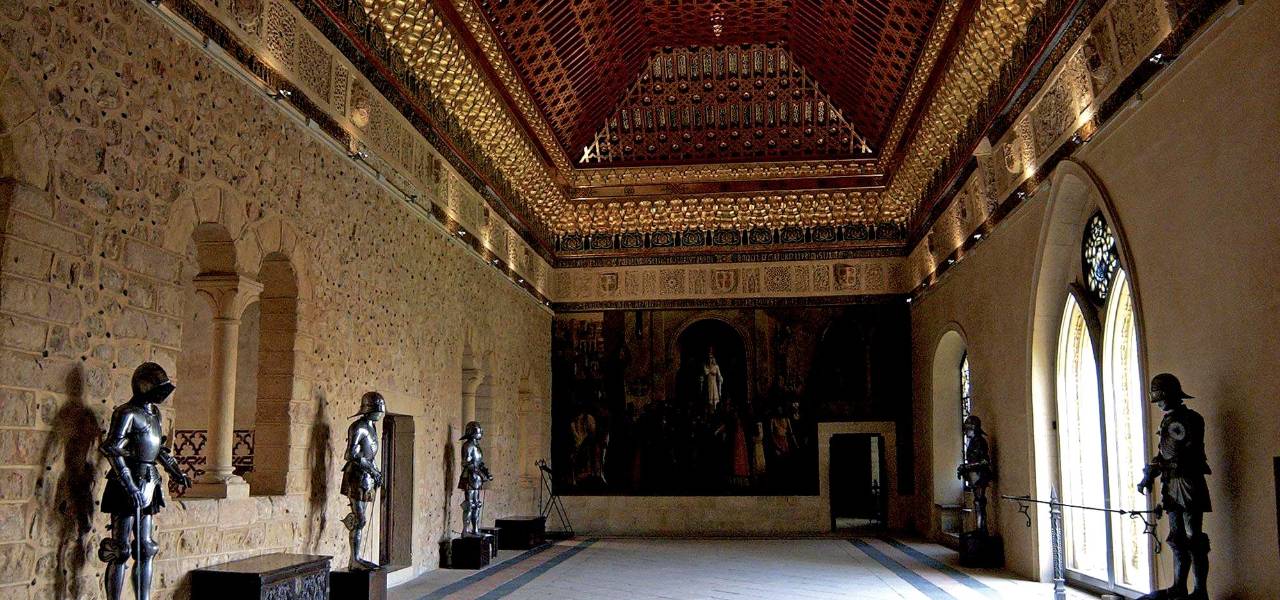 Alcazar of SegoviaMore information
Alcazar of SegoviaMore informationThe land it now occupies must have been the site of important fortifications since antiquity given that the water pipes from the aqueduct finish in the Alcázar.On the site of successive Roman, Visigoth,...
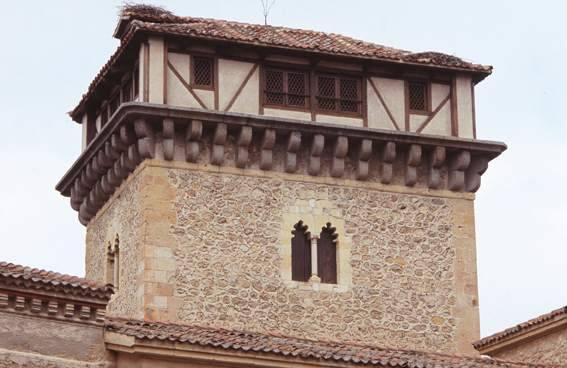 Tower of Hercules (Convent of Santo Domingo) Dominican Mother ConventMore information
Tower of Hercules (Convent of Santo Domingo) Dominican Mother ConventMore informationBuilt in the XIII century as a fortress-house and convent of Dominican nuns from 1513, polychrome figures with the techniques of the XV and XVI centuries are carved.Gothic court, Mudejar plinths on the...
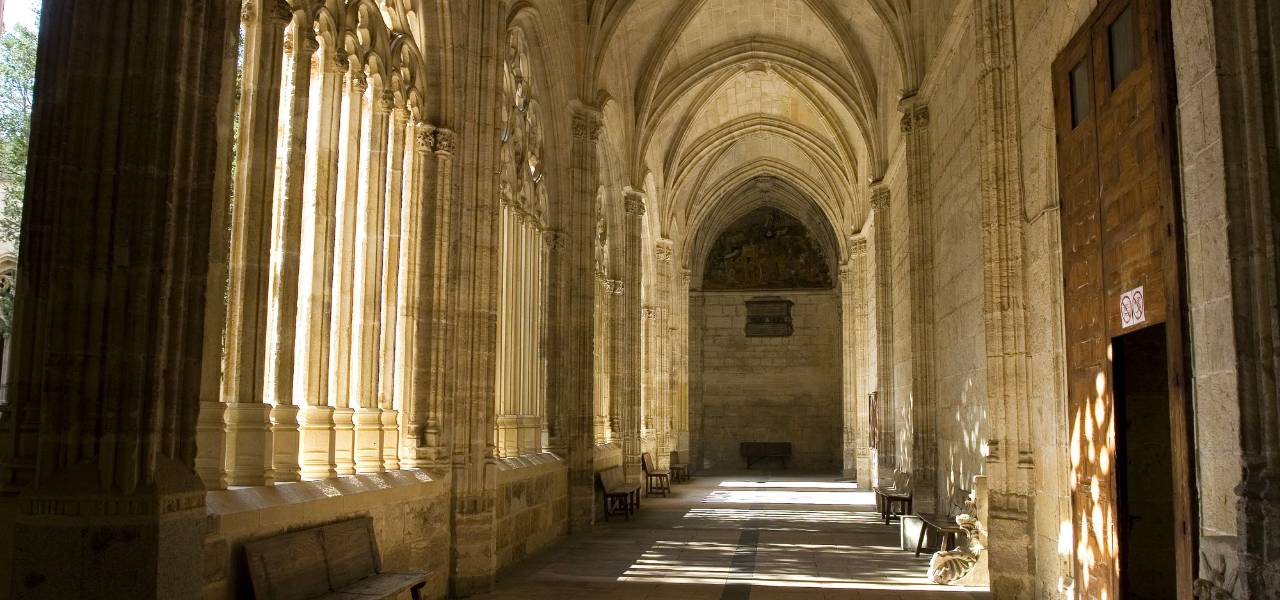 Cathedral of SegoviaMore information
Cathedral of SegoviaMore informationIt boasts a beautiful, radiant Baroque design, with wonderful altarpieces and one of the highest towers in Spain. It is known as the Lady of the Cathedrals because of is height and the depth of its naves.
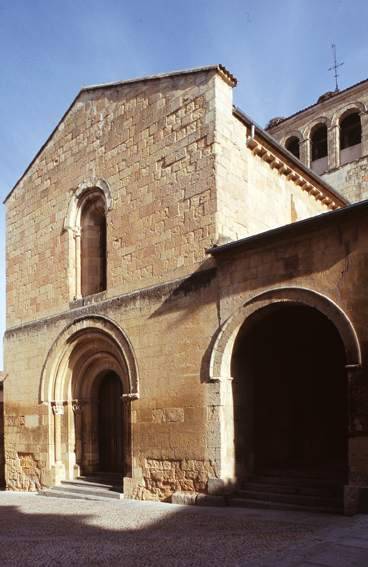 Church of the TrinidadMore information
Church of the TrinidadMore informationSimple Romanesque church containing paintings by Benson and Pontormo. It consists of a single nave with a barrel vault and on the outside, two interesting fronts and an atrium on the southern side.It contains...
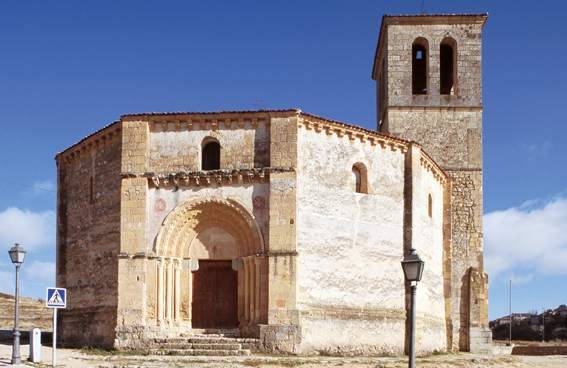 Church of the Vera CruzMore information
Church of the Vera CruzMore informationTemplar church of 1208. it has a polygonal ground plan (12 sides), a projecting square tower and simple fronts.Structured around a central, two-storey building with an ambulatory. The lower section looks...
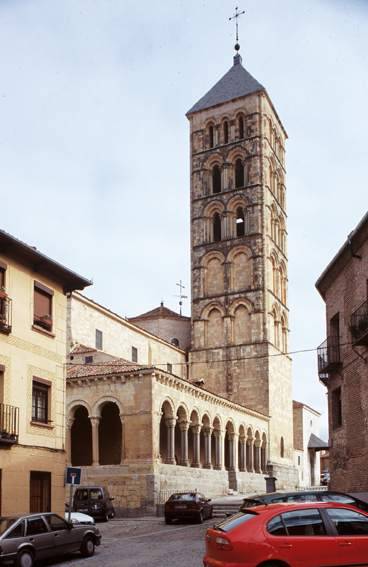 Church of San EstebanMore information
Church of San EstebanMore information13th-century church made of reddish limestone. There is an interesting six-level tower with arched windows on the top levels and the portico rests on paired columns and has sculpted capitals. The church...
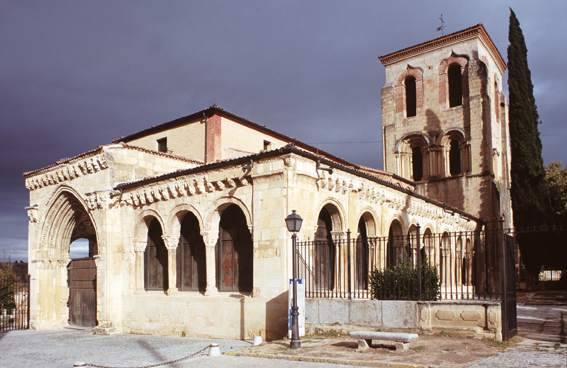 Church of San Juan de los CaballerosMore information
Church of San Juan de los CaballerosMore informationThe church was built between the XI to XIII centuries. It is a Romanesque church of basilica floor with three naves separated by arches on cylindrical pillars; the central nave is double size of the laterals,...
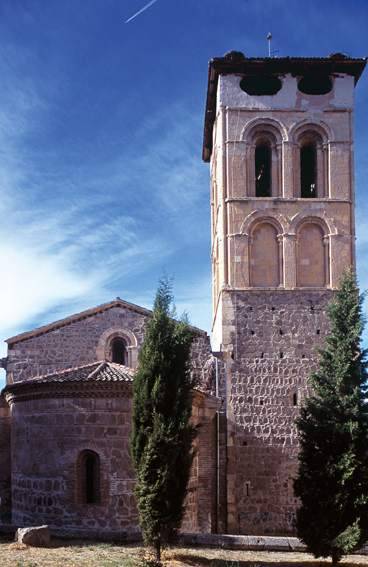 Church of San JustoMore information
Church of San JustoMore informationChurch devoted to San Justo and San Pastor, dating from the 16th century. Only one nave, with wooden roofs, an arch of triumph, presbytery and semicircular apse. Three-section tower of the 12th century.



